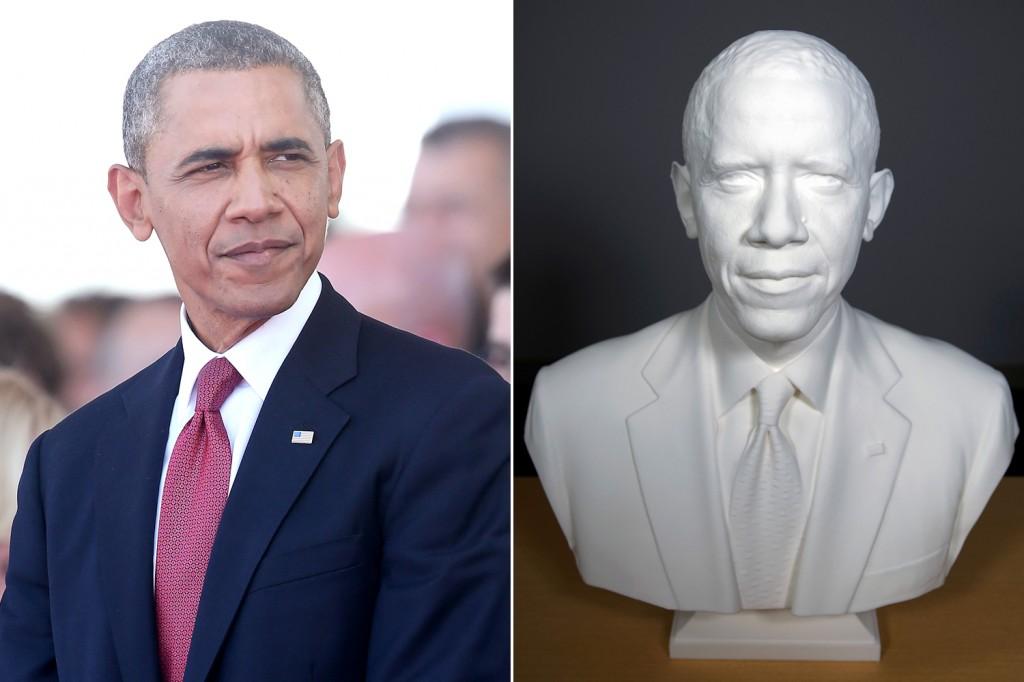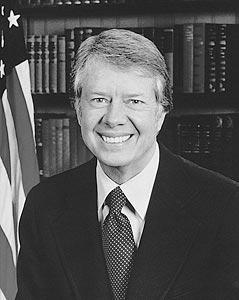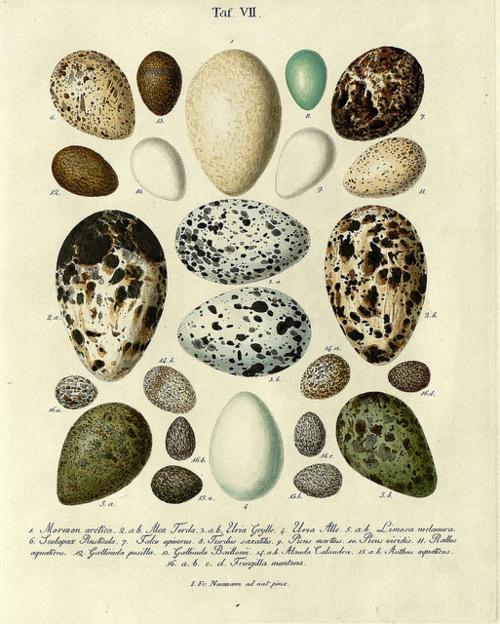I had an opportunity to speak with digital artist Dennis Martin, a member of the Reality Solutions Group at Autodesk that worked with the team creating the 3D printed bust of President Obama recently installed in the Smithsonian. As always happens, I thought of a dozen more questions I would have liked to ask after the interview was over, but the conversation we had gave me plenty to think about.
HRM: First, to help with the context for your work, can you tell me a bit about your education and background?
DM: Sure thing. I studied architecture at University of California Berkeley and after graduation went to work at the first LIDAR scanning company, right when LIDAR was just being introduced. After that, I worked in visual effects in the film industry for about 15 years. My specialty there was making photo realistic backgrounds and environments and I got to work on movies like the Matrix trilogy. A little over a year ago I interviewed with Autodesk to work in their Reality Solutions Group which really brings together a mix of everything that I have done, LIDAR, photogrammetry, visual effects software, etc. When I interviewed they said they wanted someone to make cool content and that’s exactly what I’ve had the opportunity to do since joining their team.
HRM: How did Autodesk’s Project Memento technology help with the realization of this project?
DM: One of the biggest challenges with a project like this is the multiple techniques used to capture the data. Those different data sources requiring combination in order to create a single model, the meshes have to be registered then merged into a single mesh. This creates a lot of little problems as a result, small seams or holes that need to be fixed. That’s where Memento really helps, you can build clean seams, use a sculpting brush to smooth areas, reduce the number of polygons, and really importantly run error detection to find any holes or any bad triangles.
 Memento brings together what would have had to be done by taking the model through a number of different pieces of software previously. It’s much nicer to have all of the tools in one place. There is Meshmixer that has some of those capabilities too, but it’s really more of a consumer application while Memento is tailored for professional use.
Memento brings together what would have had to be done by taking the model through a number of different pieces of software previously. It’s much nicer to have all of the tools in one place. There is Meshmixer that has some of those capabilities too, but it’s really more of a consumer application while Memento is tailored for professional use.
HRM: There has been a lot of discussion about this 3D printed bust in relation to the two life masks that were created by putting plaster directly on Abraham Lincoln’s face. There is something almost magical in those masks because of the contact the plaster made with the physical presence of Lincoln. Do you think that there will be that same aura of magic surrounding the bust of Obama when it is viewed by future generations?
 DM: I do. I think they will see it as magical. The masks of Lincoln were made when plaster touched the face of the president, in this case, it was light that touched the face of the president and it is that touching that is captured and portrayed in this bust. You don’t have the fun image of the president having straws stuck up his nose [the method for allowing Lincoln to breathe during the casting of his plaster life mask] but that’s okay. Jimmy Carter commissioned the photographer Ansel Adams to make the first official portrait of a sitting president using the technology of photography. That was an advance in technology newly utilized and now well accepted…
DM: I do. I think they will see it as magical. The masks of Lincoln were made when plaster touched the face of the president, in this case, it was light that touched the face of the president and it is that touching that is captured and portrayed in this bust. You don’t have the fun image of the president having straws stuck up his nose [the method for allowing Lincoln to breathe during the casting of his plaster life mask] but that’s okay. Jimmy Carter commissioned the photographer Ansel Adams to make the first official portrait of a sitting president using the technology of photography. That was an advance in technology newly utilized and now well accepted…
HRM: And I imagine there were people then who thought the photograph wasn’t as befitting as a painted portrait because it was ‘just’ technology, simply clicking a button.
 DM: Exactly. And photography had been around for a while at that point too. The time between the first photographs and when Adams made his portrait of Carter was over a century. 3D printing has been around significantly less time than that and just represents this administration more quickly adopting technologies, which are, of course, even more quickly developing. There’s a debate about the authenticity of things any time they change media; think about the switch from film to digital, or from phonographs to CDs. I was impressed by how quickly this administration adopted an emerging technology.
DM: Exactly. And photography had been around for a while at that point too. The time between the first photographs and when Adams made his portrait of Carter was over a century. 3D printing has been around significantly less time than that and just represents this administration more quickly adopting technologies, which are, of course, even more quickly developing. There’s a debate about the authenticity of things any time they change media; think about the switch from film to digital, or from phonographs to CDs. I was impressed by how quickly this administration adopted an emerging technology.
HRM: How would you explain your role as an artist in the creation of this portrait bust? After all, it may seem to some that the production of this 3D print is akin to the production of an X-ray image or the execution of an MRI, is there still ‘artistry’ involved?
DM: There is artistry, some corrections, for example, required sculpting. There were some wrinkles in his shirt next to his tie that were further sculpted and his hair didn’t all capture perfectly, so it needed attention. With busts that are fully sculpted, you will see a lot of attention paid to the hair in order to make it natural looking. Sometimes in sculptures there is license taken in the pupils of the eyes, those little details where the artist deviates from strict realism. However, we didn’t do a lot of extra work of that kind on this model, we wanted to keep it really authentic to the data.
HRM: Are there things that you might have done to further manipulate the model afterwards, sort of a post-processing? I’m thinking of how photographers can heighten contrast, dodge and burn, etc. to give a photograph a look and to really change the nature of the image and its narrative. Is this a possibility in the creation of 3D printed portrait sculptures?
DM: Absolutely, I mean, you always need the critical eye of an artist. There is a lot of potential to manipulate the data once it has been captured. We did some tests with the President’s head angled slightly differently, looking down a bit, although in the end we went back the angle at which he had presented himself for scanning. Also, there tends to be a sort of molded chocolate look to the prints if the artist doesn’t intervene to sharpen the edges, details like where the shirt collar meets the neck for example, to make that angle more pronounced and more similar to something created with a chisel.
HRM: Part of what the artist brings to a portrait, part of its power, goes beyond simply capturing the topography of a face. Do you think that it is possible for a 3D printed portrait to convey something of the person beyond the technical accuracy?
DM: There is the danger of that power being lost. You have to keep the equipment in mind but not be controlled by it. You are not just recording it; you have to consider the subject.
 HRM: It makes me think about pen and watercolor drawings made by 19th century naturalists; they captured all of the detail but they still have a feeling of artistry.
HRM: It makes me think about pen and watercolor drawings made by 19th century naturalists; they captured all of the detail but they still have a feeling of artistry.
Exactly. It’s just like what’s done by a good photographer, albeit complicated by the presence of 50 cameras and a million lights. These technologies are fairly new and one day the capture technology will probably be so good that it can just be a commonly used technique, like a snapshot. However, I think there will be people who are considered ‘greats’ among 3D print sculptors just as there are among those who work in stone. Similarly, there will be a lot more people who are technicians…but they are vital too.
HRM: Can you think of any other faces that you would like to work with in this way?
DM: Well, I think heads of state will always be interesting to work with and fascinating to look at. I guess, Keith Richards…
HRM: I wonder if he’d require a lot of extra time and plastic because of all of the folds of skin and scars…
DM: Or maybe someone like Albert Einstein, if that were possible.
HRM: Maybe Autodesk should look to integrating time travel into the options available through their Project Memento software. Speaking of time travel, if you could do this over is there anything you would do differently?
DM: Not really. Well, I mean, I guess I would try to get more time. We were working on a really tight schedule and so it was several sleepless nights in a row as we worked to get this ready for the printer in time to have it ready for the White House Maker Faire. Actually, there is something else too and this goes back to one of your previous questions: I think I might let the artist in me out a little bit more…if only just a bit more.
Discuss this interview in the 3D Printed Obama Bust forum thread on 3DPB.com.
Subscribe to Our Email Newsletter
Stay up-to-date on all the latest news from the 3D printing industry and receive information and offers from third party vendors.
You May Also Like
3D Printing Unpeeled: New Arkema Material for HP, Saddle and Macro MEMS
A new Arkema material for MJF is said to reduce costs per part by up to 25% and have an 85% reusability ratio. HP 3D HR PA 12 S has been...
3D Printing News Briefs, January 20, 2024: FDM, LPBF, Underwater 3D Printer, Racing, & More
We’re starting off with a process certification in today’s 3D Printing News Briefs, and then moving on to research about solute trapping, laser powder bed fusion, and then moving on...
3D Printing Webinar and Event Roundup: December 3, 2023
We’ve got plenty of events and webinars coming up for you this week! Quickparts is having a Manufacturing Roadshow, America Makes is holding a Member Town Hall, Stratafest makes two...
Intuitive Machines Debuts $40M Hub for Lunar Ambitions and 3D Printing Tech
Best known for its pioneering work in lunar exploration and its development of the Nova-C lunar lander, Intuitive Machines (Nasdaq: LUNR) has marked yet another significant milestone. The leading space...































